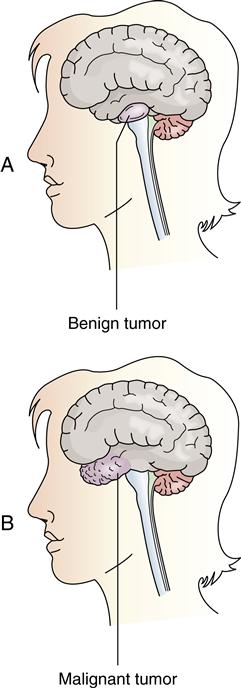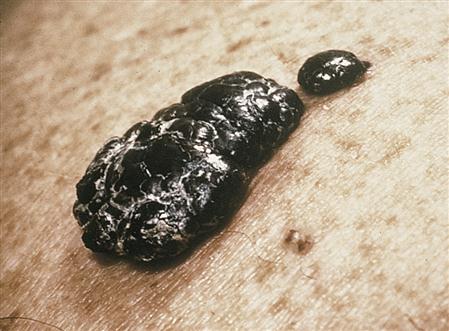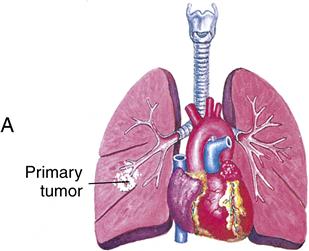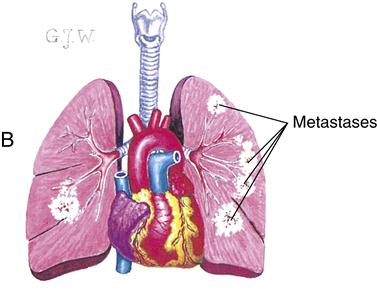Cancer, immune system, and skin disorders
Objectives
• Define the key terms and key abbreviations listed in this chapter.
• Explain the difference between benign tumors and cancer.
• Identify cancer risk factors.
• Identify the signs and symptoms of cancer.
• Explain the common cancer treatments.
• Describe the needs of a person with cancer.
• Explain how immune system disorders occur.
• Describe the common immune system disorders.
• Explain how the human immunodeficiency virus is spread.
• Identify the signs and symptoms of acquired immunodeficiency syndrome.
• Explain how to assist in the care of persons with acquired immunodeficiency syndrome.
• Describe the causes, signs and symptoms, and treatment of shingles.
Key terms
benign tumor A tumor that does not spread to other body parts; it can grow to a large size
cancer See “malignant tumor”
malignant tumor A tumor that invades and destroys nearby tissue and can spread to other body parts; cancer
metastasis The spread of cancer to other body parts
stomatitis Inflammation (itis) of the mouth (stomat)
tumor A new growth of abnormal cells; tumors are benign or malignant
KEY ABBREVIATIONS
| AIDS | Acquired immunodeficiency syndrome |
| HIV | Human immunodeficiency virus |
| IV | Intravenous |
Understanding cancer, immune system, and skin disorders gives meaning to the required care. Refer to Chapter 9 while you study this chapter.
Cancer
Cells reproduce for tissue growth and repair. Cells divide in an orderly way. Sometimes cell division and growth are out of control. A mass or clump of cells develops. This new growth of abnormal cells is called a tumor. Tumors are benign or malignant (Fig. 38-1):
• Malignant tumors (cancer) invade and destroy nearby tissue (Fig. 38-2). They can spread to other body parts. They may be life-threatening. Sometimes they grow back after removal.

Metastasis is the spread of cancer to other body parts (Fig. 38-3). Cancer cells break off the tumor and travel to other body parts. New tumors grow in other body parts. This occurs if cancer is not treated and controlled.
Cancer can occur almost anywhere. Common sites are the skin, lung and bronchus, colon and rectum, breast, prostate, uterus, ovary, urinary bladder, kidney, mouth and pharynx, pancreas, and thyroid gland. Cancer is the second leading cause of death in the United States.
Risk factors
Certain factors increase the risk of cancer. The National Cancer Institute describes these risk factors:
Treatment
If detected early, cancer can be treated and controlled (Box 38-1). Treatment depends on the tumor type, its site and size, and if it has spread. The treatment goal may be to:
Some cancers respond to one type of treatment. Others respond best to two or more types. Cancer treatments also damage healthy cells and tissues. Side effects depend on the type and extent of the treatment.
Surgery
Surgery removes tumors. It is done to cure or control cancer or to relieve pain from advanced cancer.
Post-operative pain is controlled with pain-relief drugs. The person may feel weak or tired for a while.
Radiation therapy
Radiation therapy (radiotherapy) kills cells. X-ray beams are aimed at the tumor. Sometimes radioactive material is implanted in or near the tumor.
Cancer cells and normal cells receive radiation. Both are destroyed. Radiation therapy:
Burns, skin breakdown, and hair loss can occur at the treatment site. The doctor may order special skin care measures. Extra rest is needed for fatigue. Discomfort, nausea, vomiting, diarrhea, and loss of appetite (anorexia) are other side effects.






